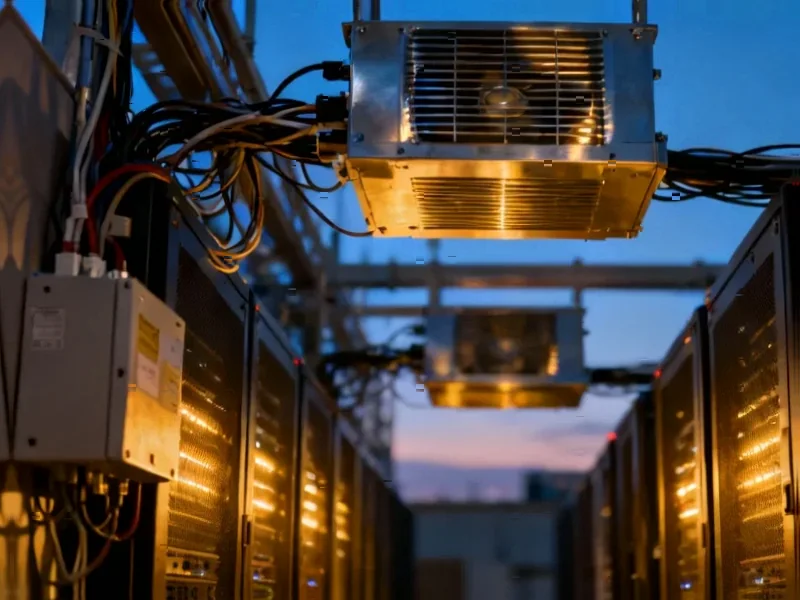According to Techmeme, Microsoft CEO Satya Nadella revealed during a recent discussion that compute power is no longer the primary bottleneck for AI development, with energy availability and data center space emerging as the critical constraints. Nadella stated that Microsoft currently has a surplus of GPUs sitting unused due to these infrastructure limitations, and expressed caution about over-investing in any single generation of NVIDIA GPUs given the rapid pace of hardware advancement. The comments came during a Halloween-themed discussion featuring industry figures including Altimeter Capital’s Brad Gerstner, highlighting the strategic challenges facing cloud providers as AI demand accelerates.
The Infrastructure Reality Check
Nadella’s admission of unused GPUs represents a significant inflection point in the AI infrastructure narrative. For the past two years, the dominant story has been GPU scarcity driving up costs and limiting AI deployment. Now we’re seeing the pendulum swing toward infrastructure capacity becoming the limiting factor. This isn’t just about physical space – it’s about power density, cooling requirements, and the complex logistics of deploying thousands of high-wattage GPUs in facilities originally designed for traditional cloud computing workloads. The industry discussion around these constraints has been building, but hearing it from Microsoft’s CEO gives it undeniable weight.
The GPU Lifecycle Dilemma
Nadella’s caution about over-buying any single generation of NVIDIA hardware reveals a sophisticated understanding of GPU depreciation in the AI era. Each new generation of AI accelerators delivers substantial performance improvements, making previous generations rapidly obsolete for cutting-edge work. This creates a strategic dilemma: buy aggressively to meet current demand and risk being stuck with depreciating assets, or buy conservatively and potentially lose market share. The broader market conversation suggests this isn’t just Microsoft’s problem – it’s an industry-wide challenge that will force cloud providers to rethink their hardware acquisition strategies.
Energy Constraints Become Critical
The energy bottleneck Nadella identified may be the most significant long-term challenge for AI scaling. Training large language models already consumes power equivalent to small cities, and inference workloads are growing exponentially. As industry observers have noted, this isn’t just about finding enough electricity – it’s about finding it in the right locations with the right infrastructure. Data centers require massive power delivery systems, redundant backup systems, and sophisticated cooling solutions that many regions simply cannot provide at scale. The growing recognition of these constraints suggests we may be approaching practical limits to AI scaling that have nothing to do with algorithms or chip design.
Market Implications and Strategic Shifts
This revelation has profound implications across the technology ecosystem. Cloud providers will need to prioritize energy-efficient architectures and potentially shift investment from GPU acquisition to infrastructure development. Chip manufacturers like NVIDIA may face more conservative purchasing patterns as customers become wary of rapid obsolescence. The strategic considerations extend beyond immediate hardware decisions to long-term positioning in an AI-constrained world. Companies that can solve the energy and space challenges will gain significant competitive advantages, while those focused solely on compute power may find themselves with expensive hardware they cannot effectively deploy.
The Road Ahead for AI Infrastructure
Looking forward, we’re likely to see several strategic shifts emerge. First, increased investment in specialized AI data centers designed from the ground up for high-density GPU workloads. Second, more sophisticated hardware lifecycle management that balances performance needs against depreciation risks. Third, potential geographic redistribution of AI workloads to regions with better energy infrastructure. As industry analysis suggests, the companies that navigate this transition successfully will be those viewing AI infrastructure as an integrated system of compute, power, cooling, and space – not just a collection of GPUs.




